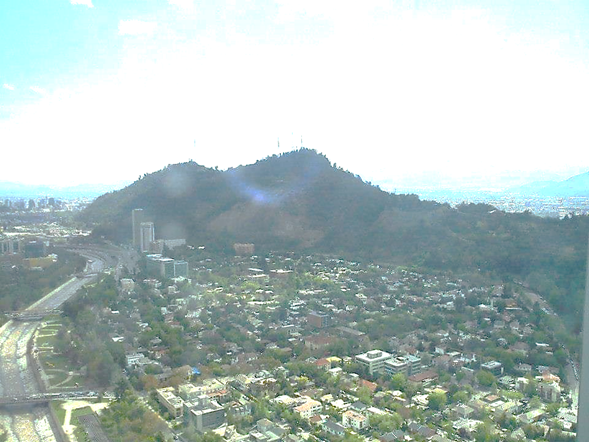
Feliz año comunidad Hive, ya enero de 2022 empezamos con una visita muy especial a un cerro que desde la ciudad de Santiago se puede observar, pero el que no lo conoce no sabe lo que guarda, es así que desde hace tres años que estoy en Chile no pensé lo que escondía este cerro, entre arquitectura humanizada y arquitectura natural, el paisajismo hace una combinación con cada uno de los tratamientos arquitectónicos y terrazas que nos encontramos.
Happy Hive community year, and in January 2022 we started with a very special visit to a hill that can be seen from the city of Santiago, but those who do not know it does not know what it keeps, it is so that for three years I have been in Chile I did not think what this hill was hiding, between humanized architecture and natural architecture, landscaping makes a combination with each of the architectural treatments and terraces that we find.
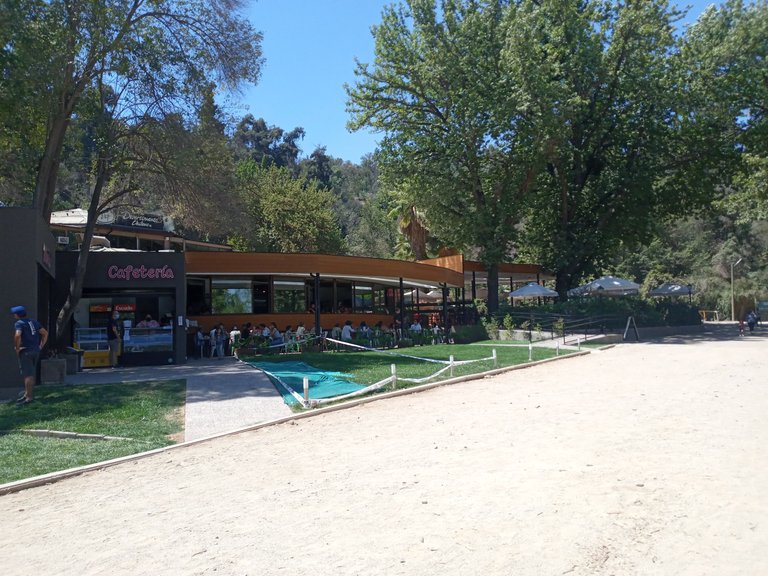
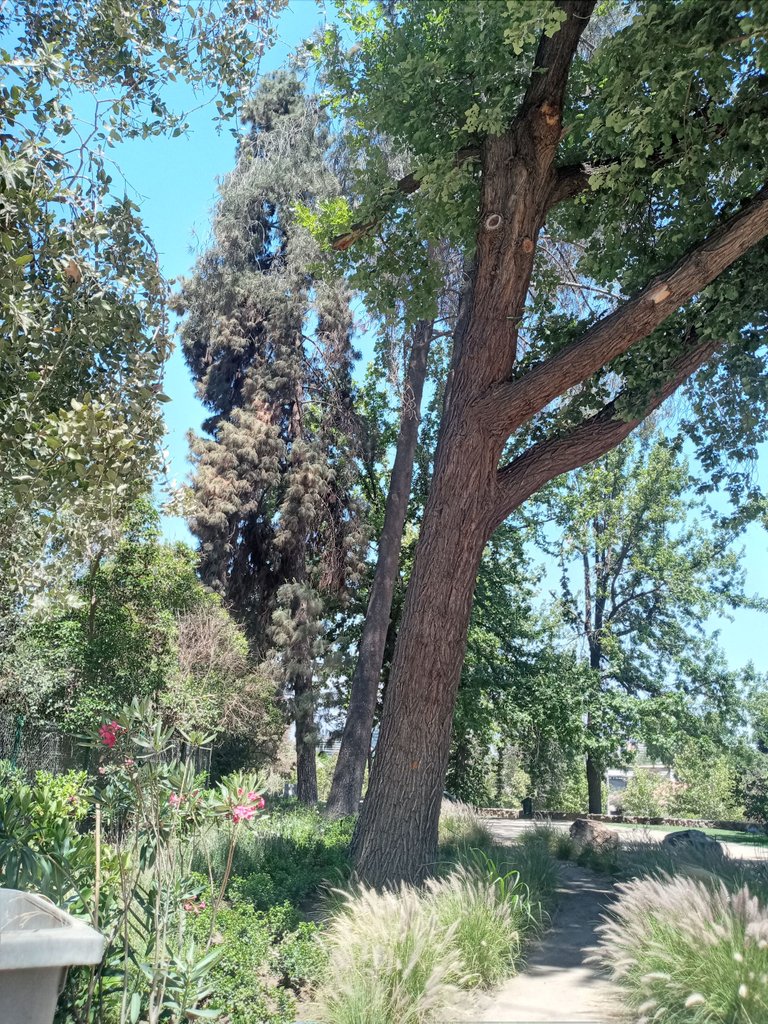
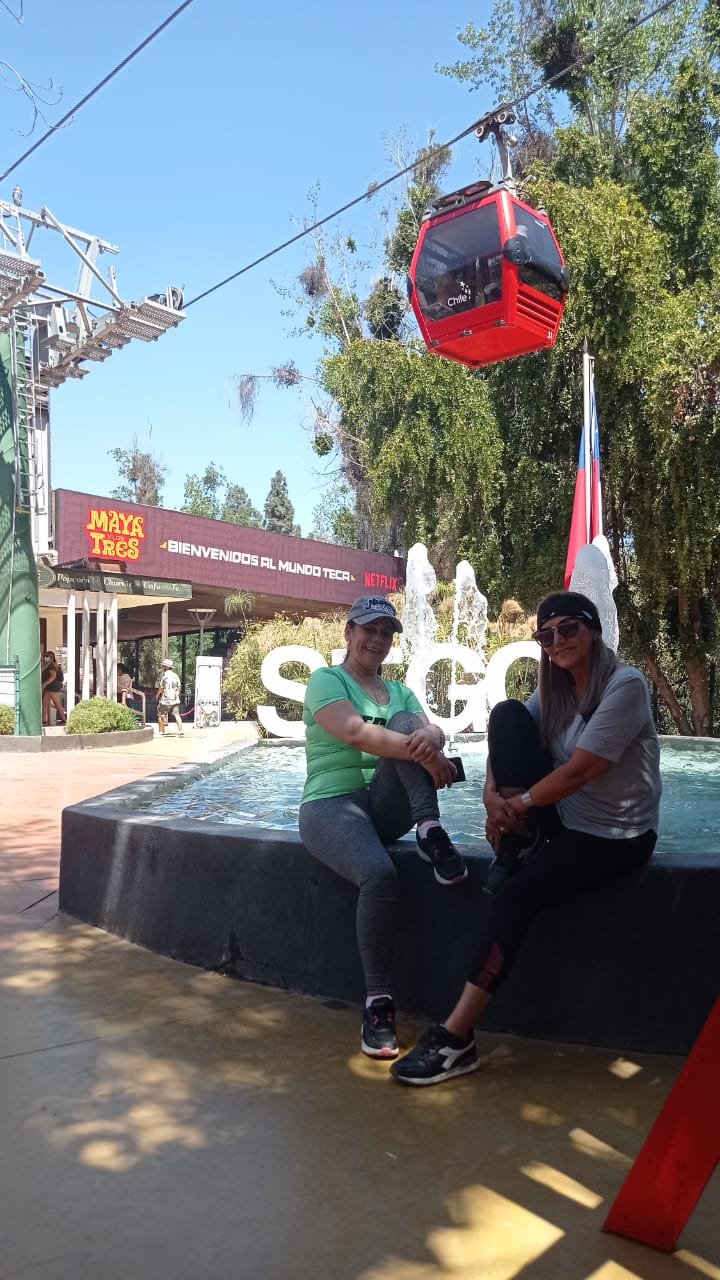
De documentación con una altitud 880 m.s.n.m y una prominencia de 280m es el cuarto punto más alto de la ciudad, ubicado en la comuna de Providencia y Recoleta es parte de un conjunto de montañas, junto a los actuales cerros Chacarillas, Los Gemelos y la Pirámide, que forman parte “del Parque Metropolitano de Santiago, el parque Urbano es el más grande de Chile y uno de los más grandes del mundo, con aproximadamente 722 hectáreas. De acuerdo a su historia el cerro ubicado en el sector norte del Parque Metropolitano de Santiago, entre el jardín botánico y Avenida Américo Vespucio fue rebautizado en honor a San Cristóbal de Licia, patrono de los viajeros, por el conquistador pedro de Valdivia.
Documentation with an altitude of 880 meters above sea level and a prominence of 280m is the fourth highest point in the city, located in the commune of Providencia and Recoleta is part of a set of mountains, next to the current hills Chacarillas, Los Gemelos and la Pirámide , which are part of “the Santiago Metropolitan Park, the Urban Park is the largest in Chile and one of the largest in the world, with approximately 722 hectares.
According to its history, the hill located in the northern sector of the Santiago Metropolitan Park, between the botanical garden and Avenida Américo Vespucio, was renamed in honor of San Cristóbal de Licia, patron saint of travelers, by the conqueror Pedro de Valdivia.
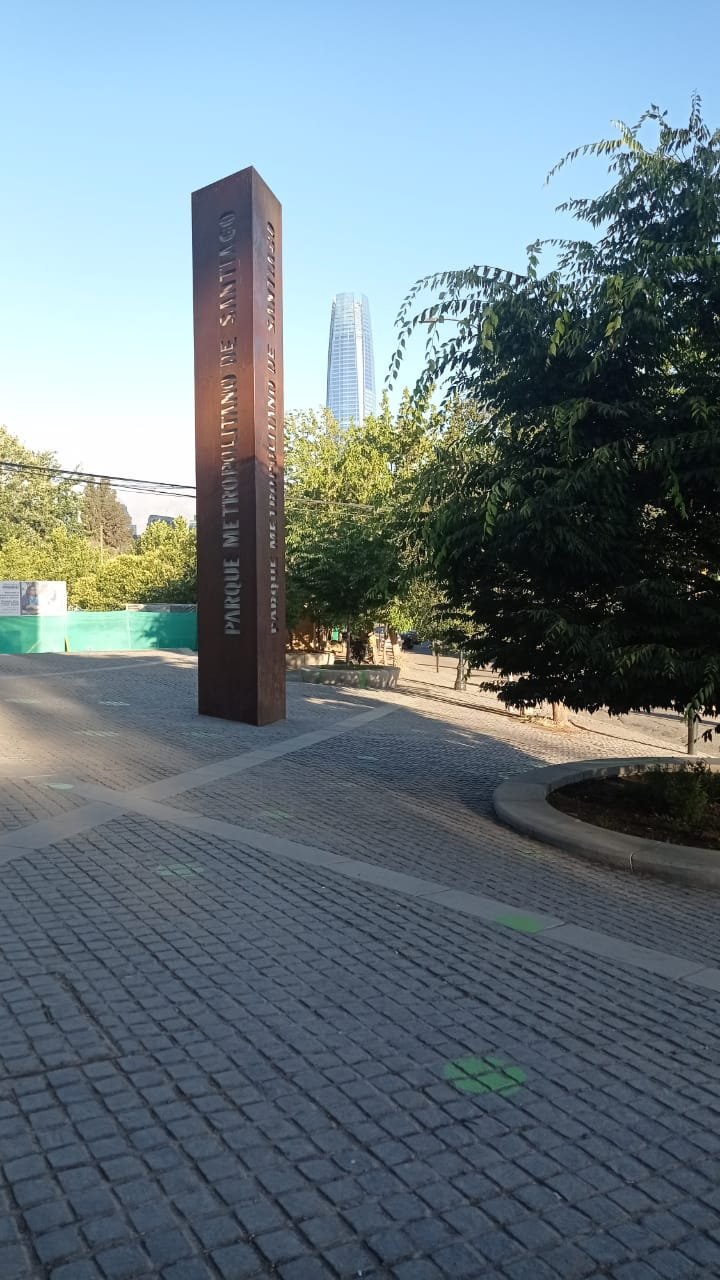
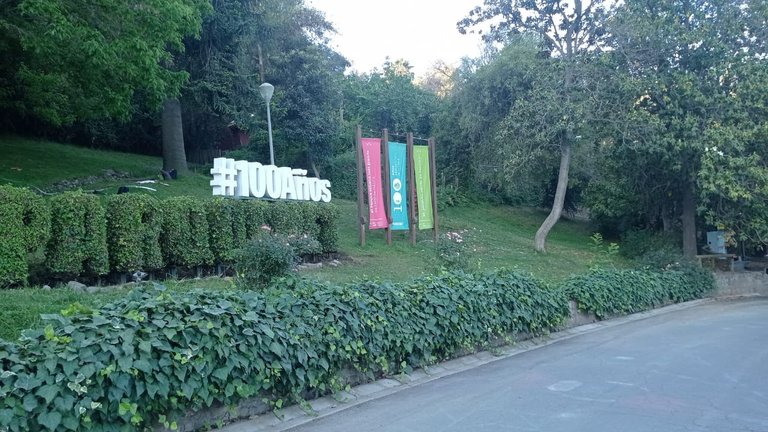

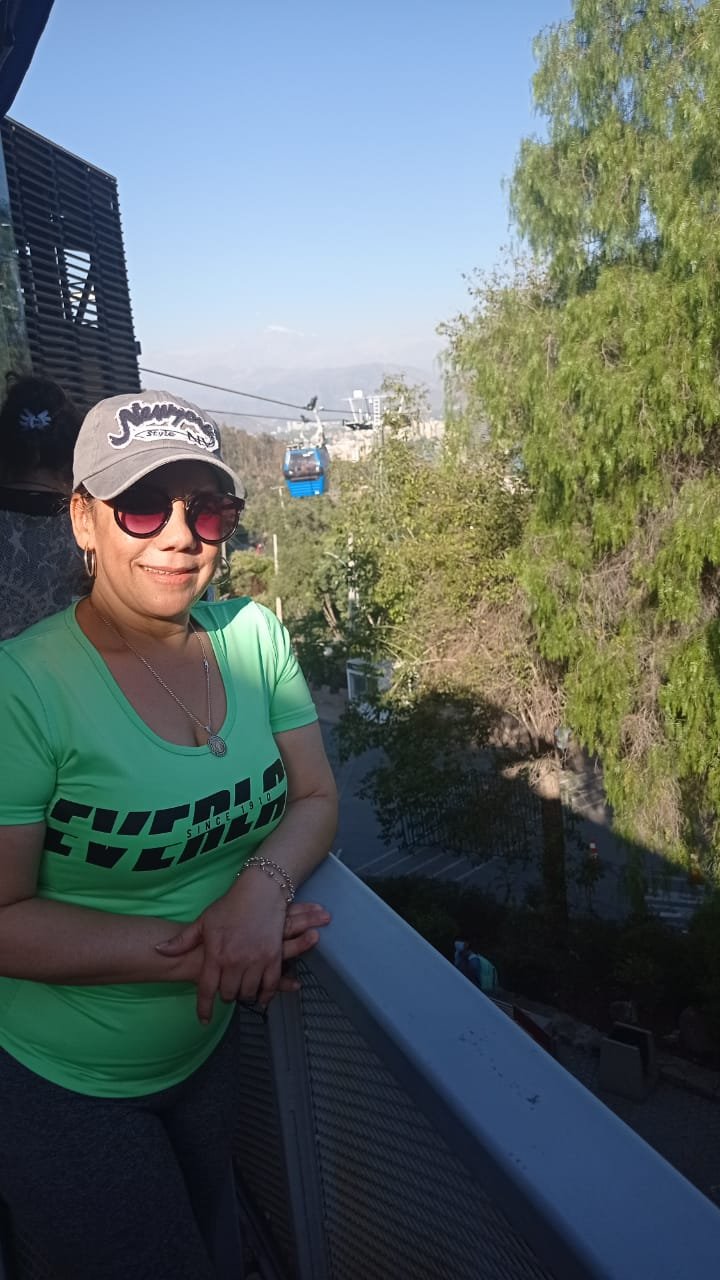
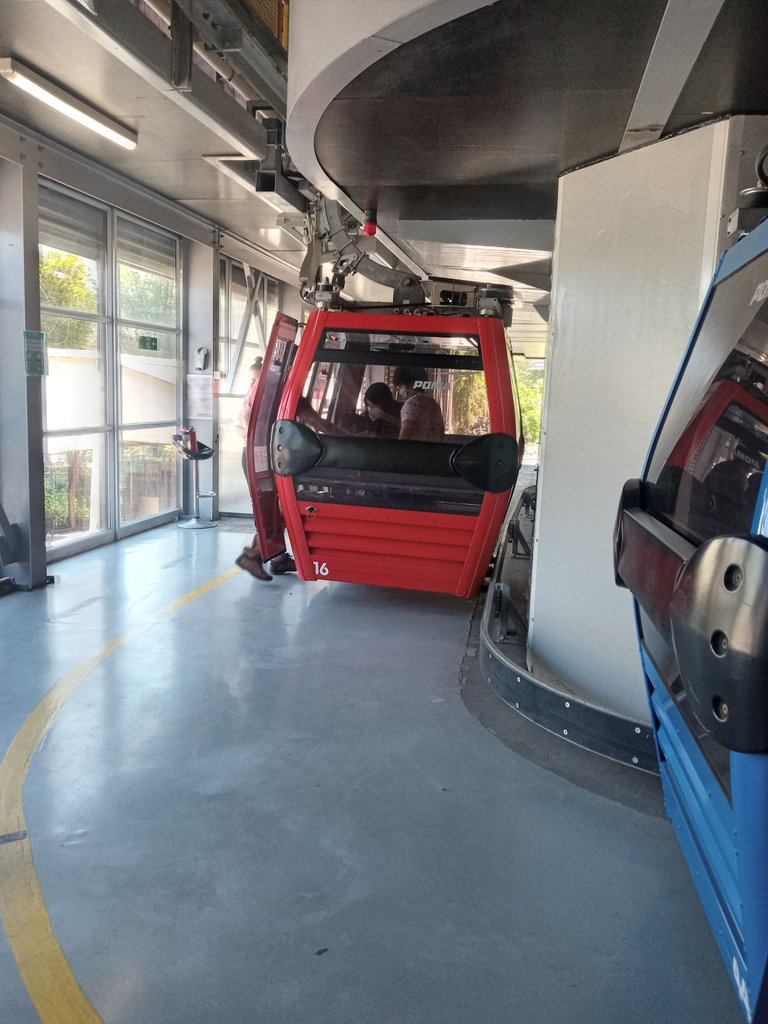
En 1903, con fondos donados por el filántropo estadounidense D. O. Mills, se instaló en una de sus cumbres el Observatorio Astronómico Mills, actualmente denominado «Manuel Foster», gemelo del Observatorio Astronómico Lick de la Universidad de California. En su época , con 37 pulgadas de diámetro, 6 pulgadas de espesor y 500 libras de peso, su telescopio reflector fue el más grande del hemisferio Sur y el décimo en tamaño del mundo. Esta instalación pertenece en el presente a la Pontificia Universidad Católica de Chile, que lo mantiene pese a su inviabilidad científica producto de la contaminación lumínica emanada por la ciudad.
In 1903, with funds donated by the American philanthropist D. O. Mills, the Mills Astronomical Observatory, currently called "Manuel Foster", was installed on one of its peaks, the twin of the Lick Astronomical Observatory of the University of California. In its day, at 37 inches in diameter, 6 inches thick, and weighing 500 pounds, its reflecting telescope was the largest in the Southern Hemisphere and the 10th largest in the world. This facility currently belongs to the Pontifical Catholic University of Chile, which maintains it despite its scientific infeasibility as a result of the light pollution emanating from the city.
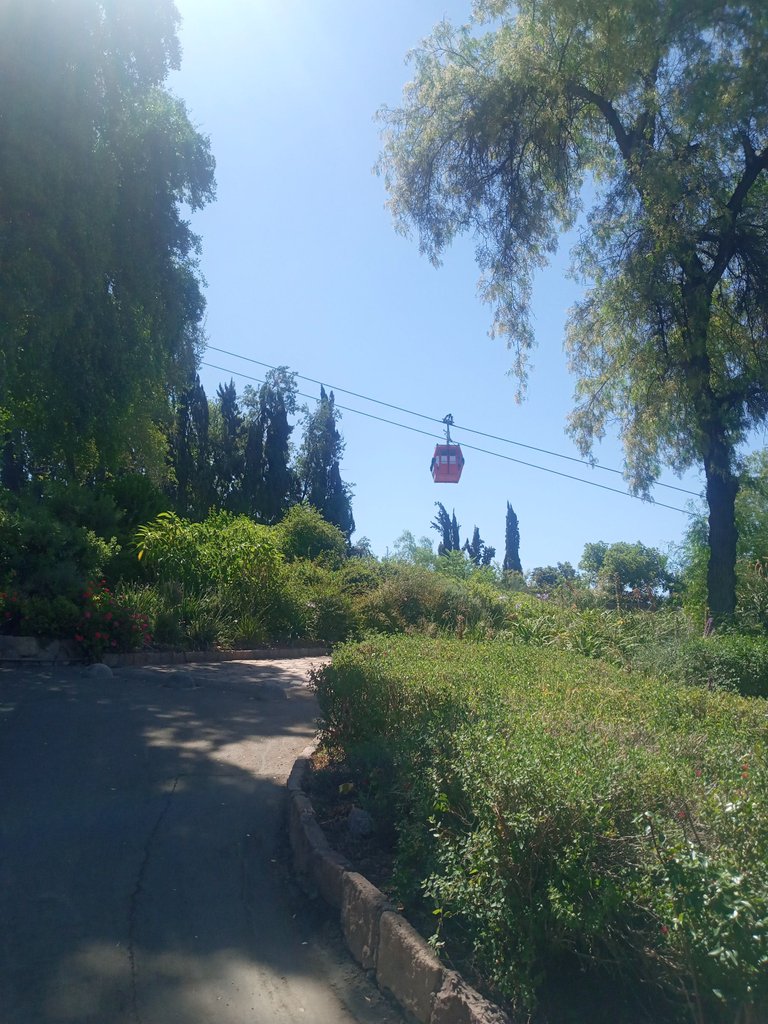
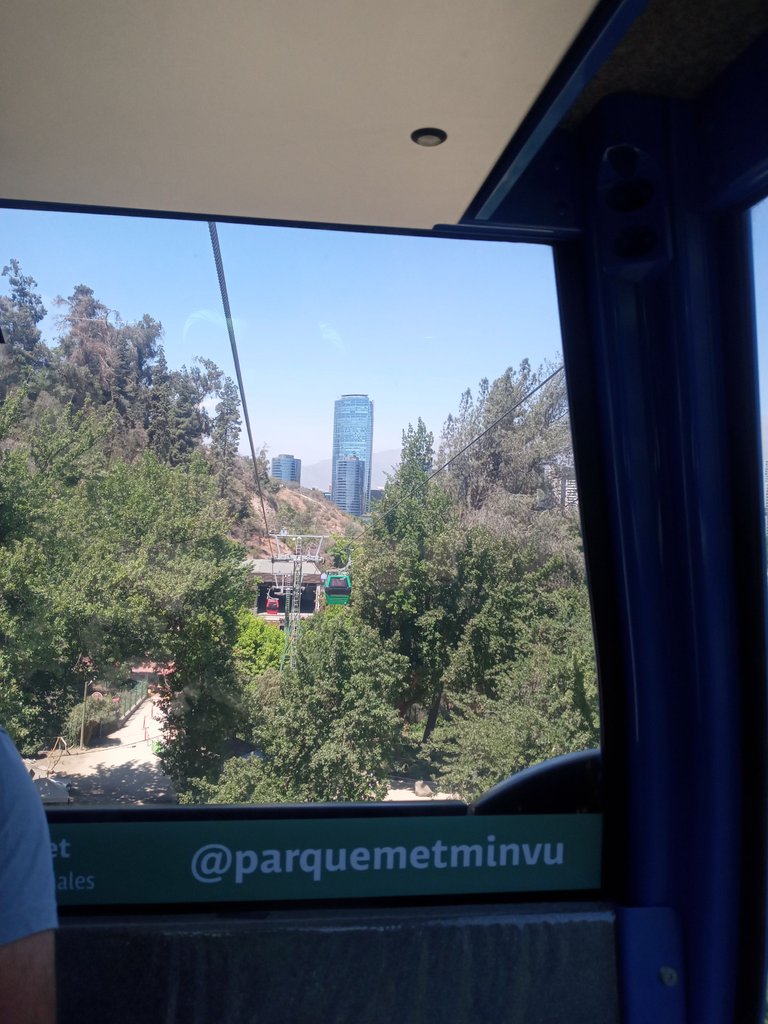
Sus accesos son por Avenida Zapadores (Recoleta), calle Pío Nono (Recoleta y Providencia), Avenida Pedro de Valdivia Norte (Providencia), Américo Vespucio Oriente y Camino La Pirámide (Vitacura). recorrido puede ser en auto, bicicleta, teleférico y peatonalmente realmente es un lugar único para el deporte y el esparcimiento, nos regalamos un día o fin de semana dentro de la ciudad en contacto con la hermosa naturaleza.
Its accesses are by Zapadores Avenue (Recoleta), Pío Nono Street (Recoleta and Providencia), Pedro de Valdivia Norte Avenue (Providencia), Américo Vespucio Oriente and La Pirámide Road (Vitacura). The route can be by car, bicycle, cable car and pedestrianized, it really is a unique place for sports and recreation, we treat ourselves to a day or weekend in the city in contact with beautiful nature.
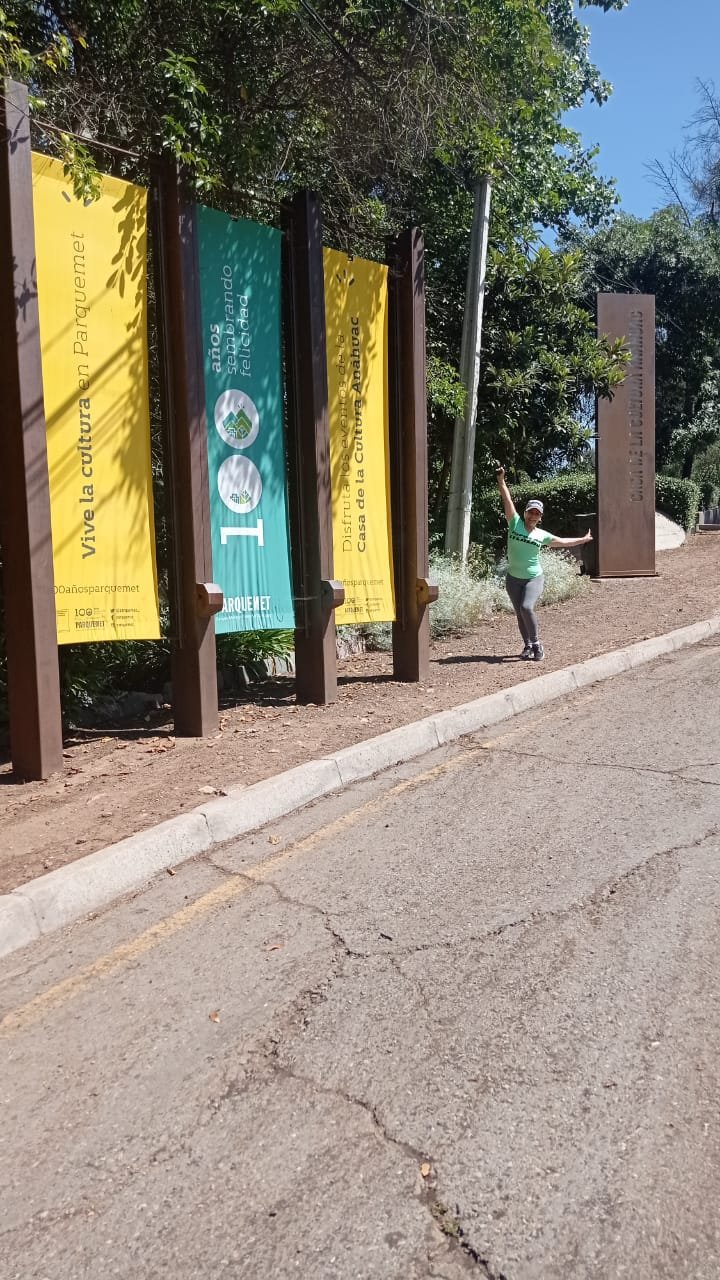
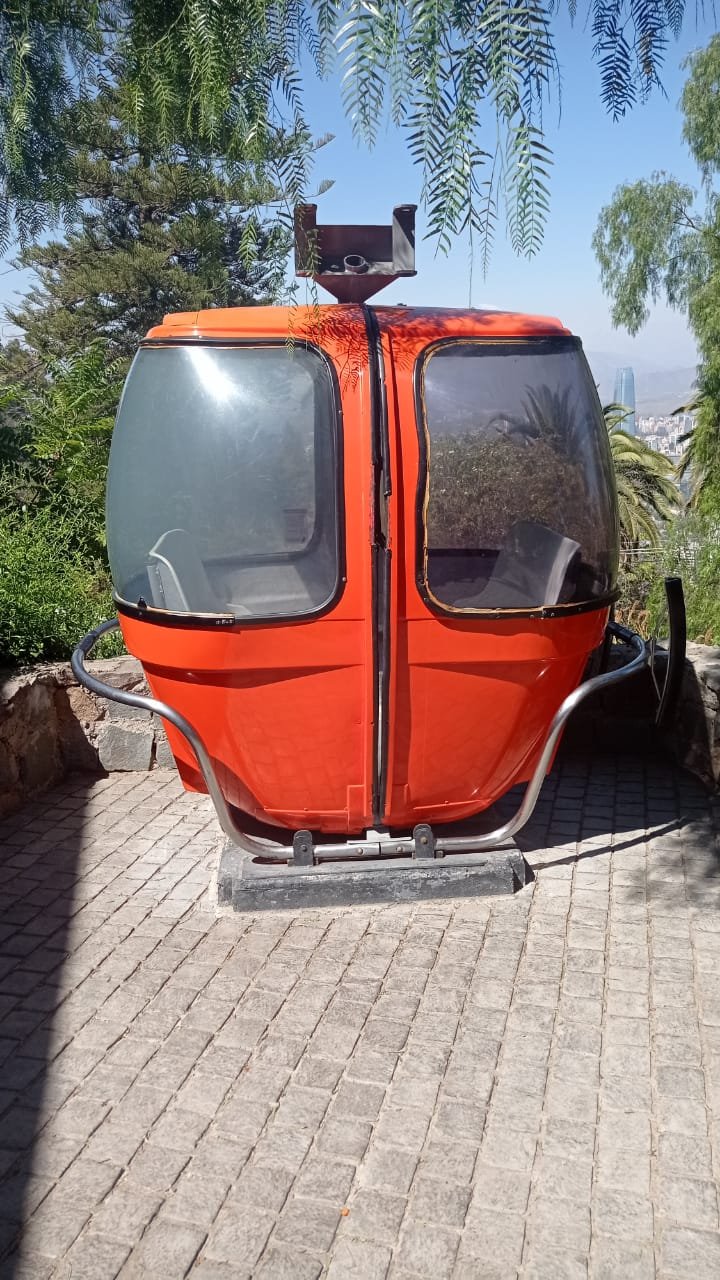
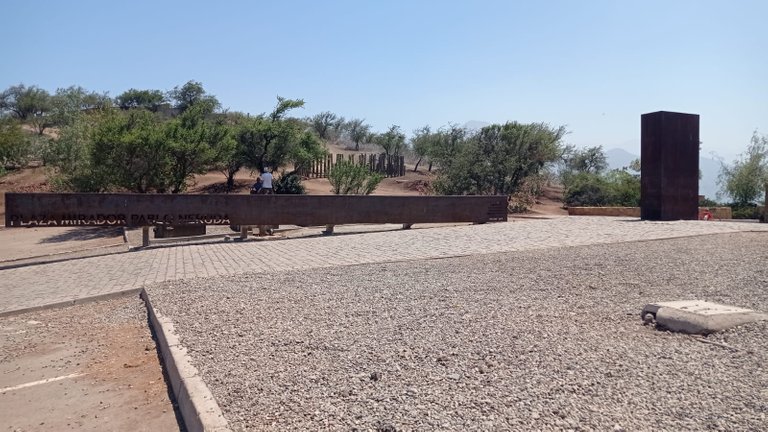
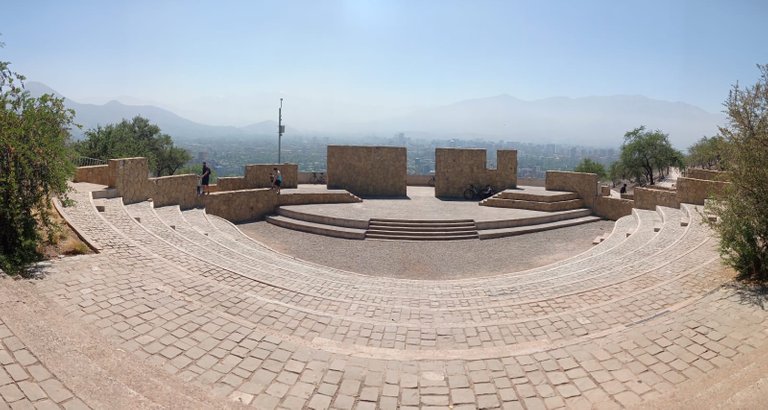
Es posible subir hasta la cumbre en automóvil, bicicleta, a pie, o por medio del teleférico y funicular que actualmente está en reparación. También podemos tener una vista panorámica de la ciudad de Santiago y de la cordillera de los Andes desde la cima del cerro San Cristóbal, visitar una de las dos piscinas (Antilén y Tupahue), el Zoológico Metropolitano y el teleférico.
It is possible to climb to the summit by car, bicycle, on foot, or by means of the cable car and funicular, which is currently under repair. We can also have a panoramic view of the city of Santiago and the Andes mountain range from the top of Cerro San Cristóbal, visit one of the two pools (Antilén and Tupahue), the Metropolitan Zoo and the cable car.
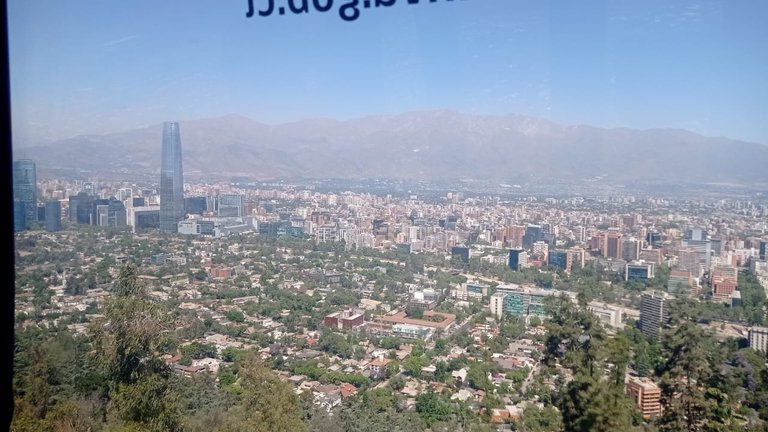
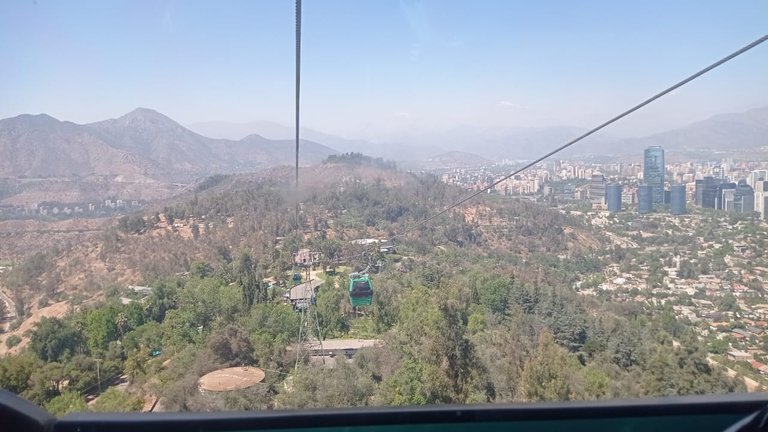
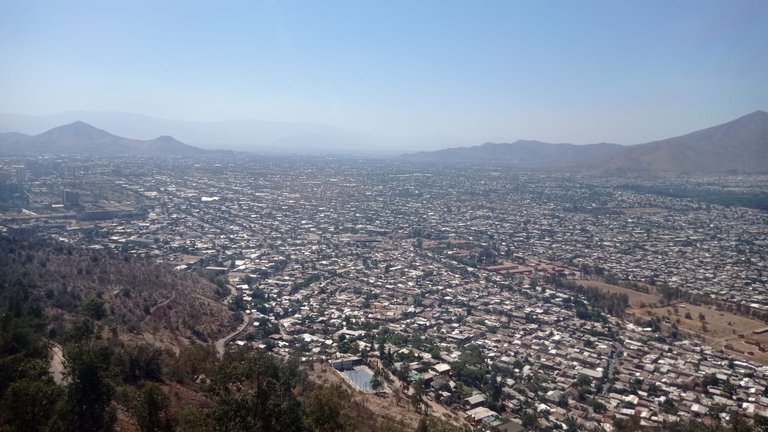
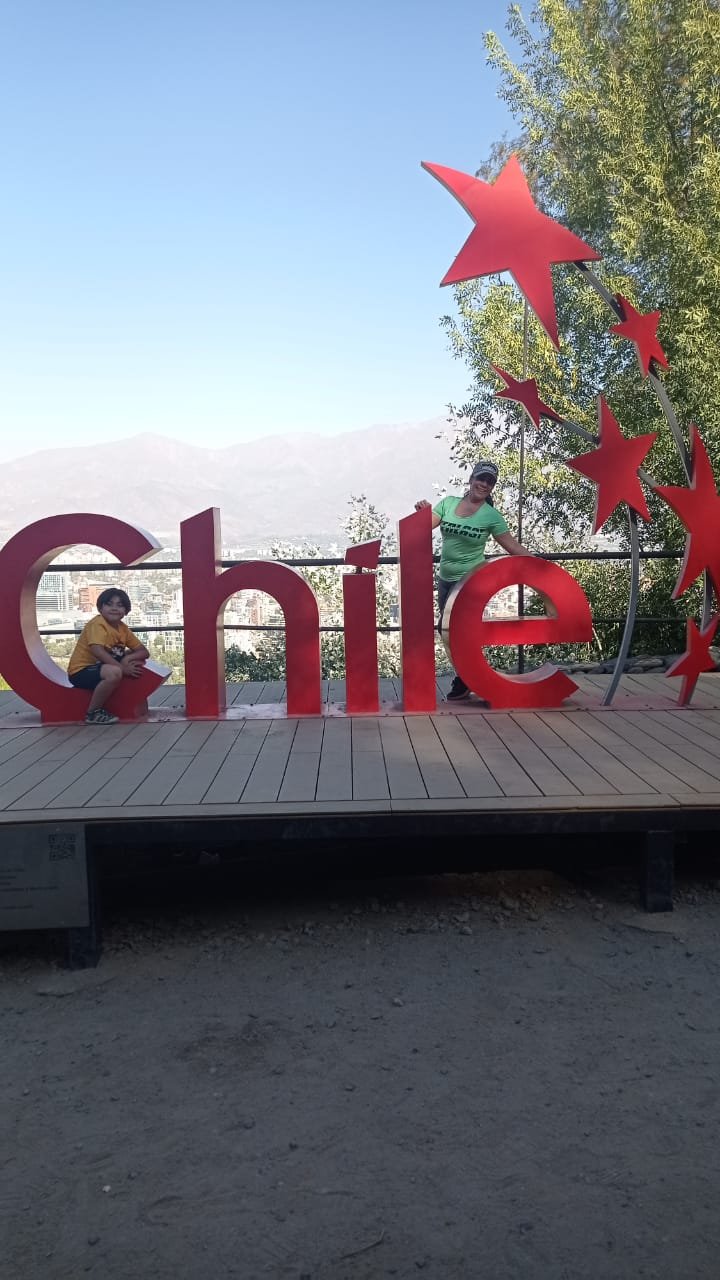
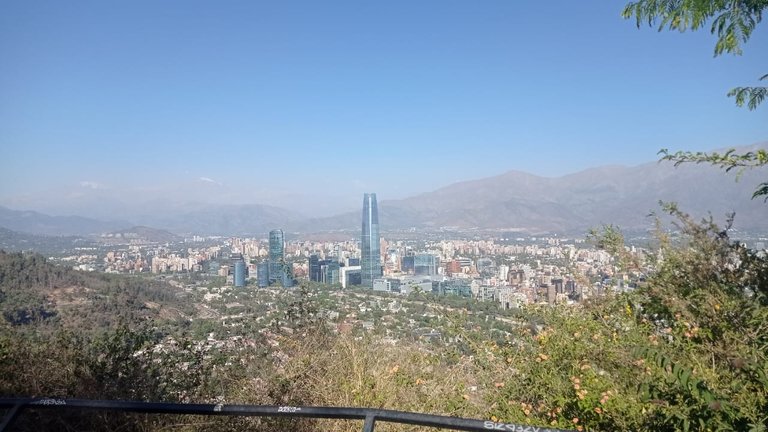
Iniciamos la entrada con un ascenso en teleférico, donde se puede observar lo maravilloso que es la ciudad de Santiago e ir disfrutando de los parajes y recorridos del parque, la vegetación y los jardines sembrados como rescate del cerro es importante recalcar, para dar mejor armonía, el teleférico con una arquitectura moderna, tiene dos estaciones, bajamos en la primera y visitamos museos, restaurantes heladerías y una gran piscina, seguimos después a la segunda estación que nos guía a la maravillosa cumbre con un icono que representa la fe en María Inmaculada, este monumento me impresiono me di cuenta la importancia de la fe mariana con la Imagen de La inmaculada Concepción, La Virgen María madre de Jesús, también según preguntando a los guías del parque nos comentaron que es impresionante la peregrinación el 8 de diciembre ( Día de María Inmaculada Concepción) fe católica que cierra es día con una misa por el sacerdote.
We begin the entrance with a cable car ascent, where you can see how wonderful the city of Santiago is and enjoy the places and tours of the park, the vegetation and the gardens planted as a rescue of the hill, it is important to emphasize, to give better harmony , the cable car with modern architecture, has two stations, we get off at the first and visit museums, ice cream restaurants and a large swimming pool, then we continue to the second station that guides us to the wonderful summit with an icon that represents faith in Mary Immaculate , I was impressed by this monument, I realized the importance of the Marian faith with the Image of The Immaculate Conception, The Virgin Mary mother of Jesus, also according to asking the park guides they told us that the pilgrimage on December 8 (Day de María Inmaculada Concepción) Catholic faith that closes the day with a mass by the priest.
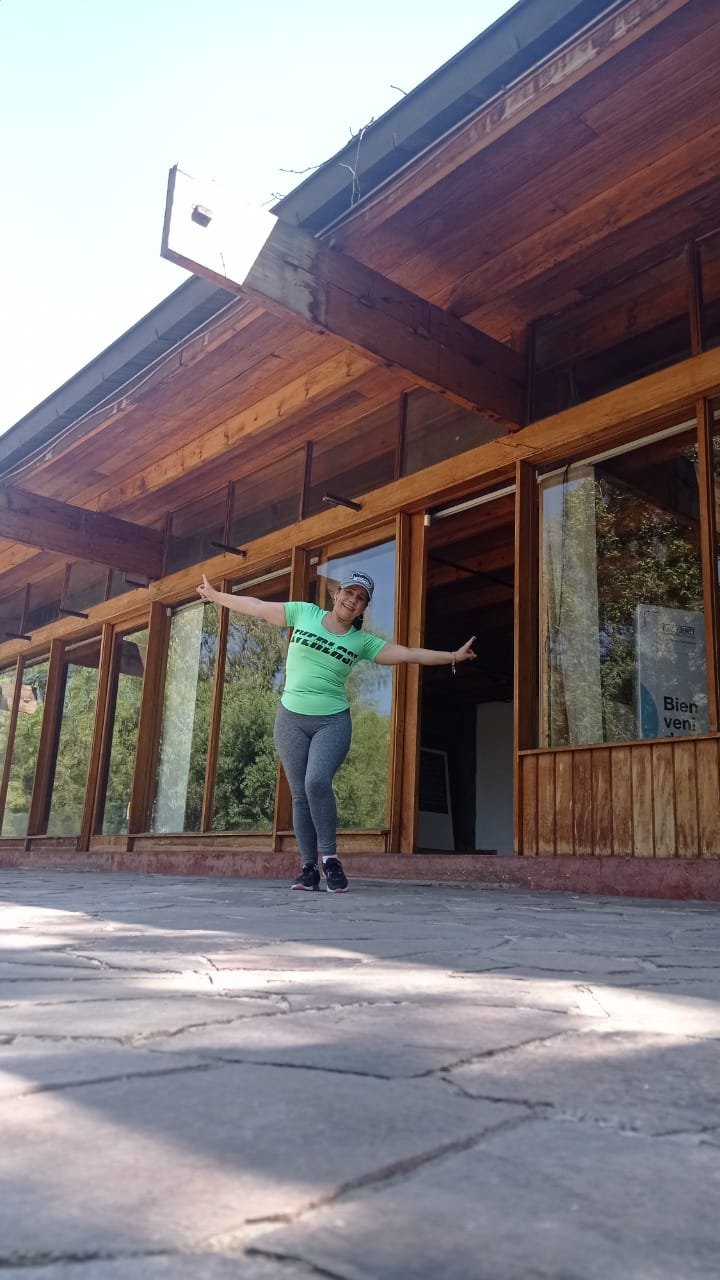
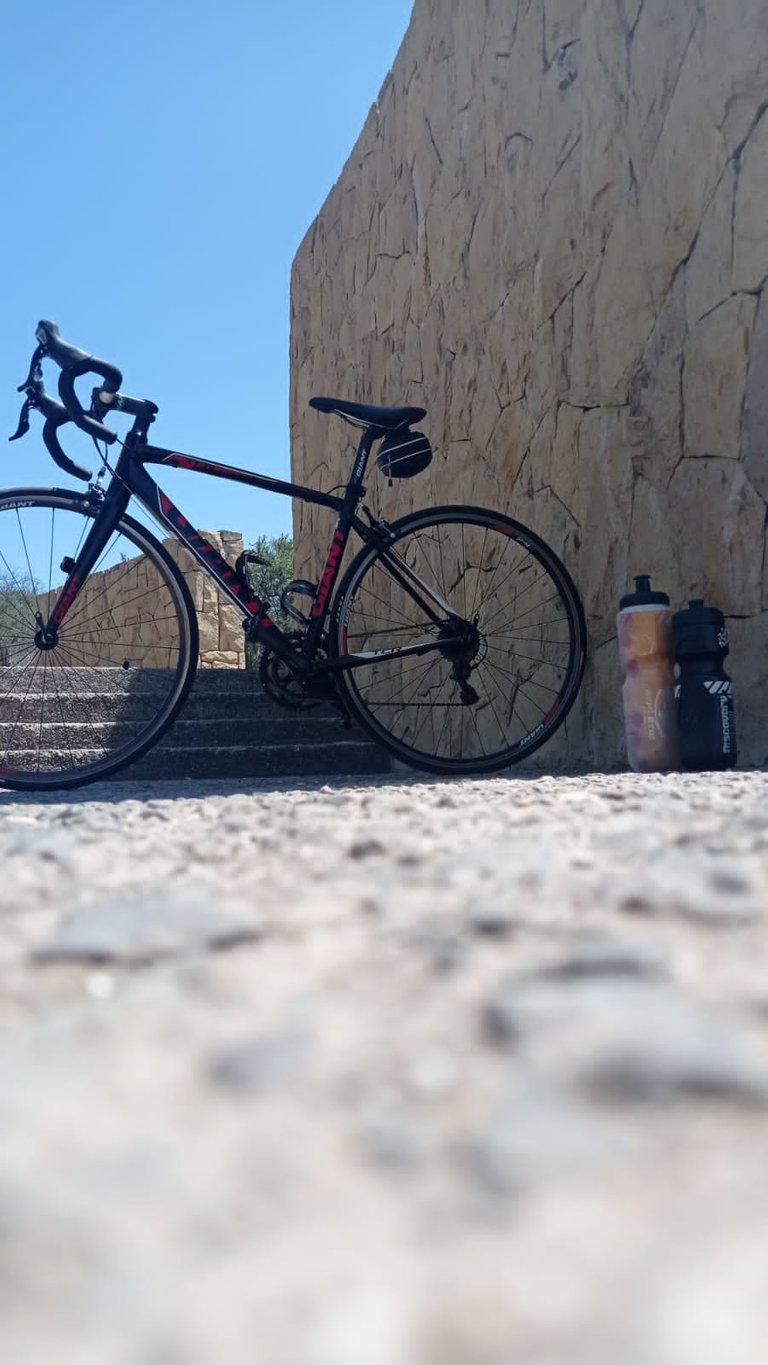
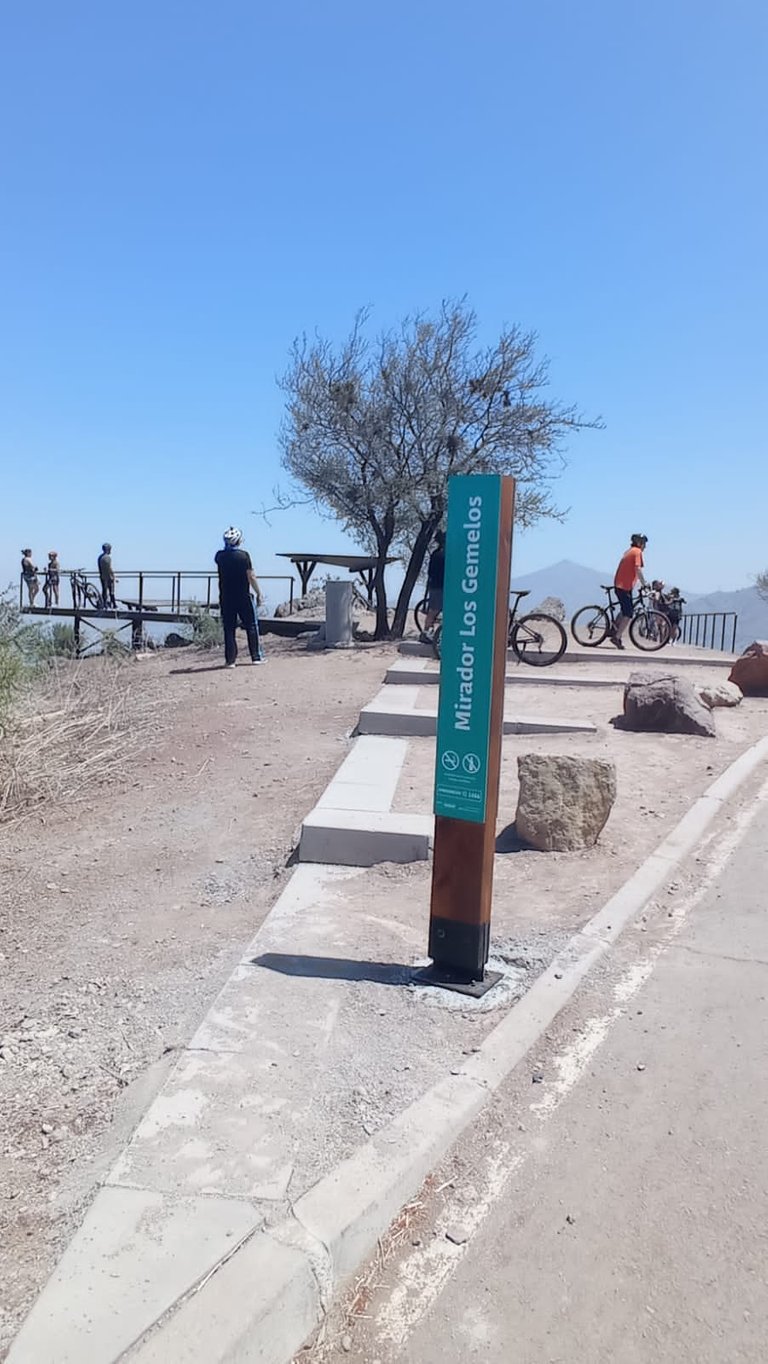
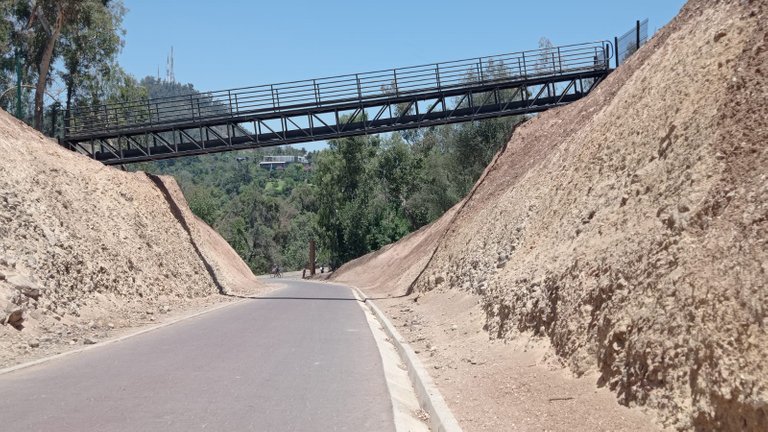
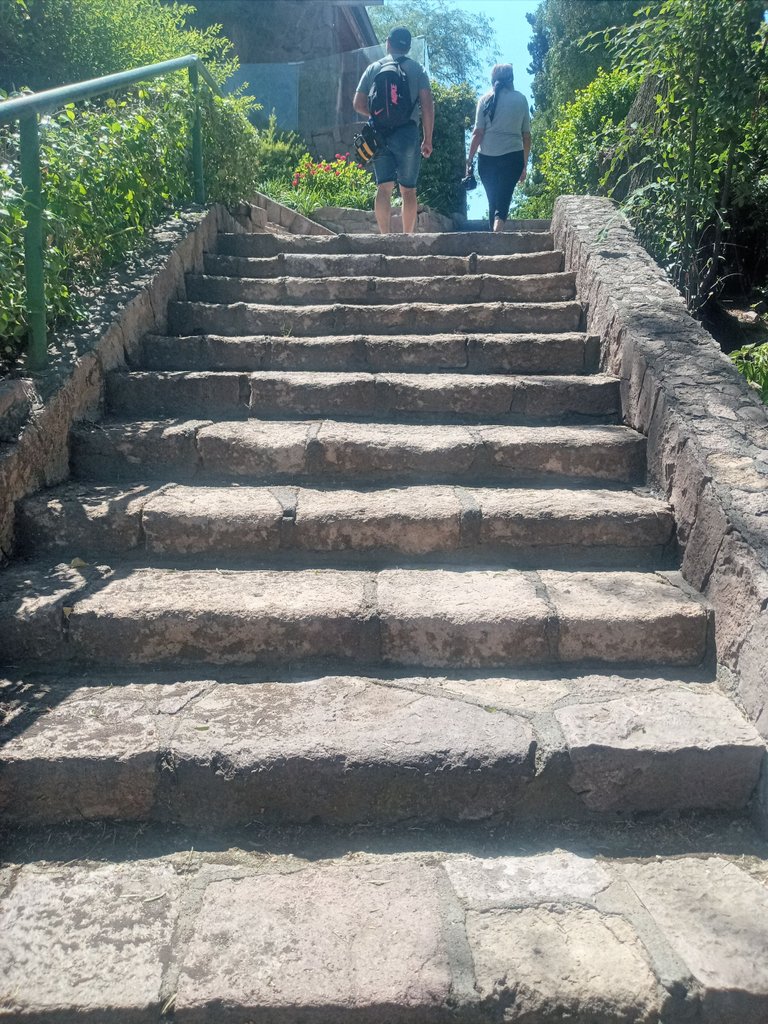
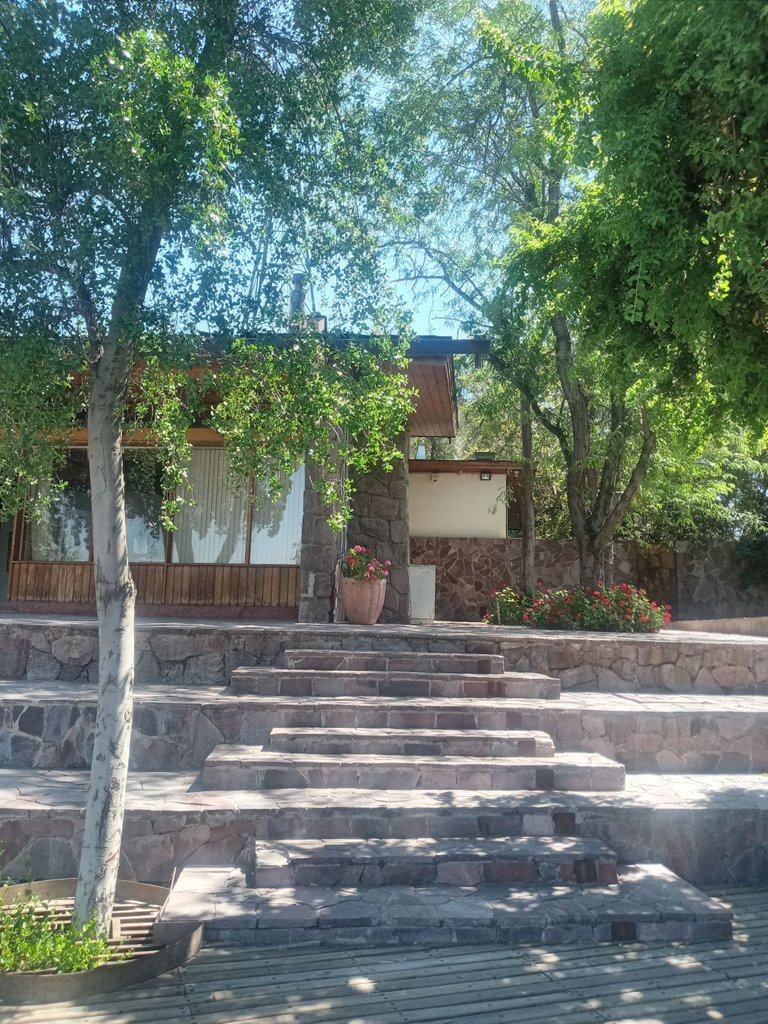
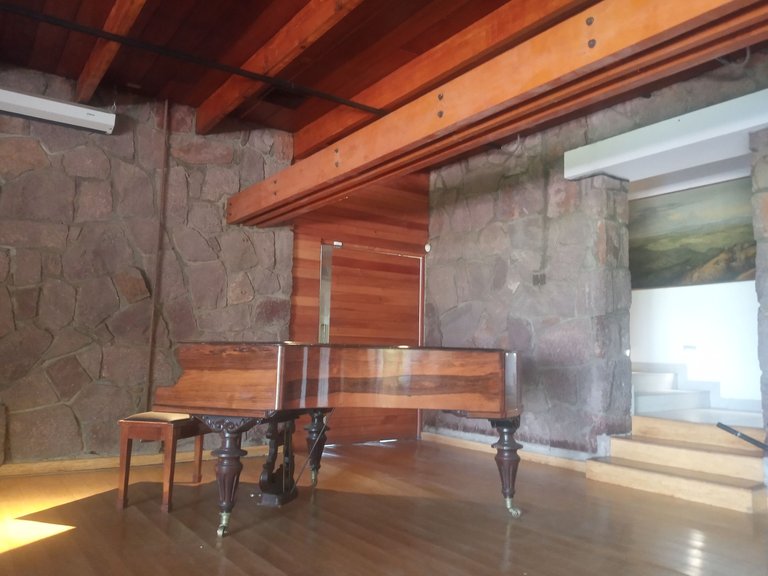
En la cumbre, caminando también nos encontramos con una variedad de restaurantes, ventas de suvenir, heladerías y miradores, terrazas para la lectura y meditación con fondo musical. Es un lugar hermoso para el deporte (Running, ciclismos, patineta, patines, natación, caminatas, gimnasia pasiva y otros más) el cambiar de ambiente dentro de la ciudad, es increíble, porque crees que estas a muchos kilómetros de ella, se respira una paz y tranquilidad, con la vegetación nata de la montaña y la que han sembrado para armonizar cada jardín.
At the top, walking we also find a variety of restaurants, souvenir shops, ice cream parlors and viewpoints, terraces for reading and meditation with a musical background. It is a beautiful place for sports (running, cycling, skateboarding, skating, swimming, walking, passive gymnastics and others) to change the environment within the city, it is incredible, because you think that you are many kilometers from it, you breathe a peace and tranquility, with the natural vegetation of the mountain and the one they have planted to harmonize each garden.
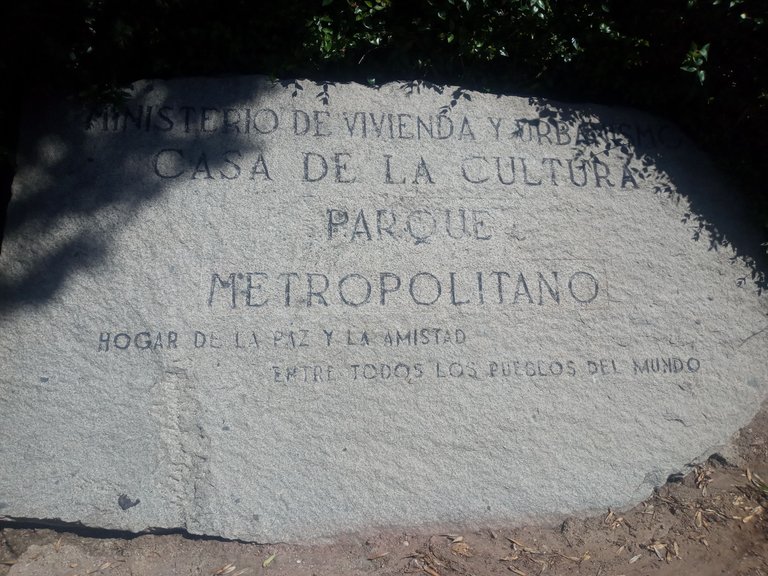
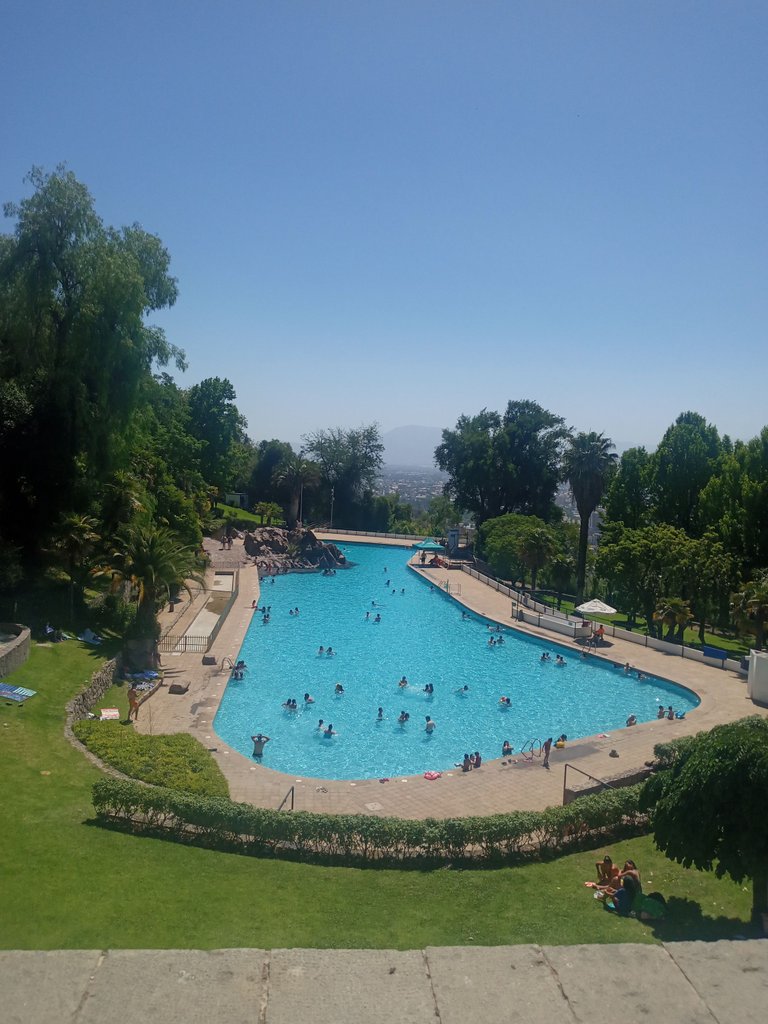
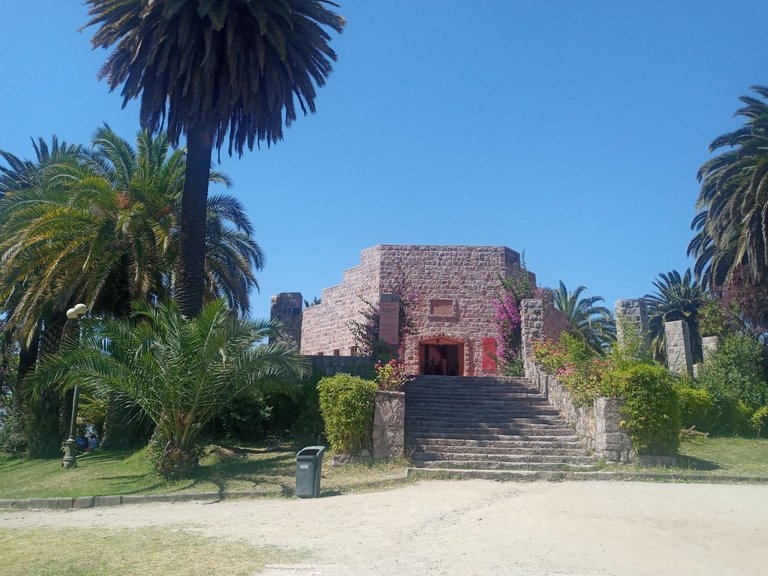
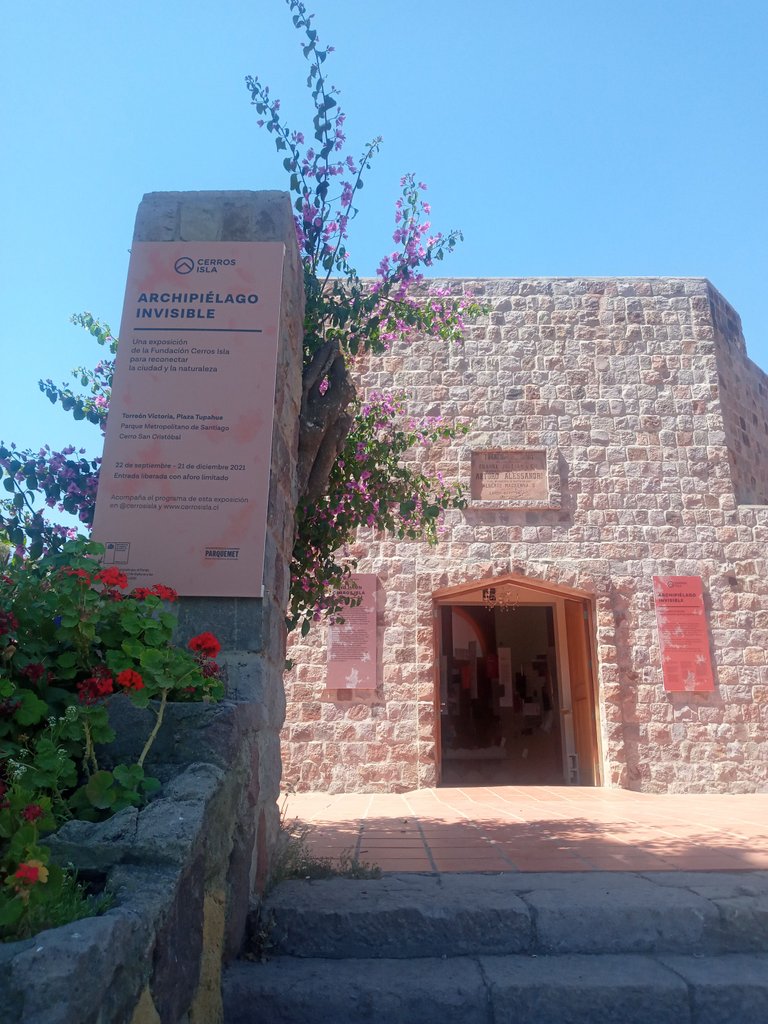
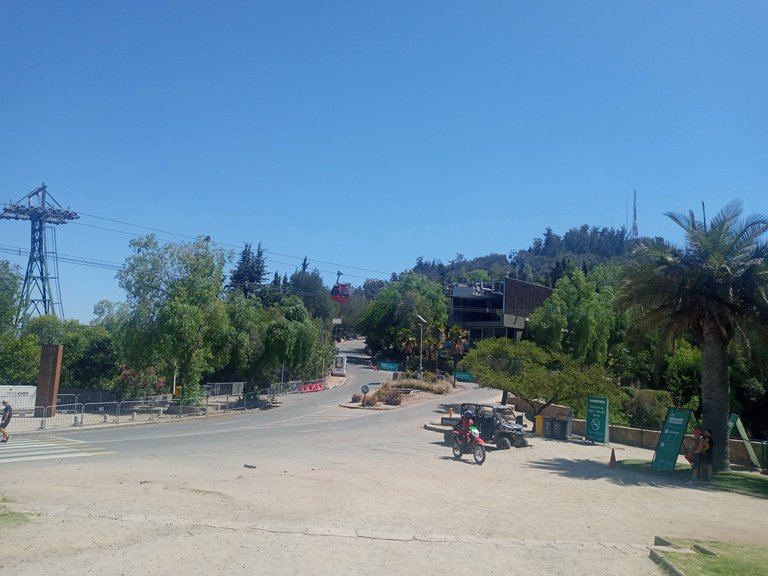
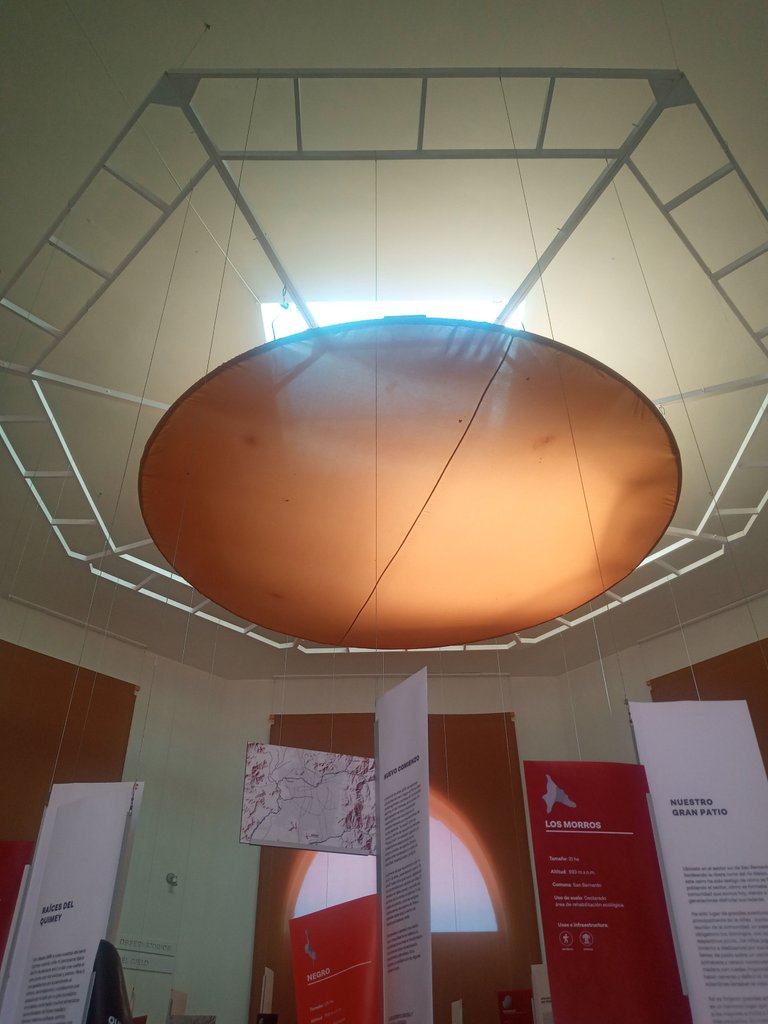
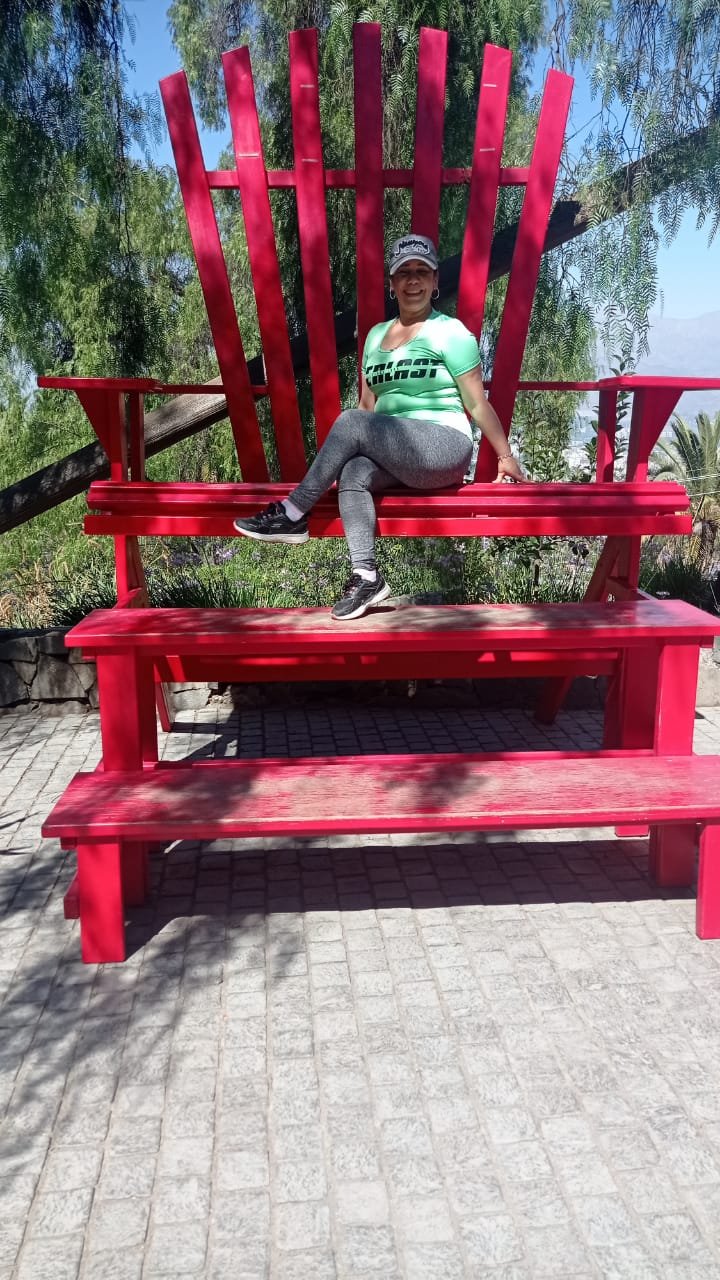
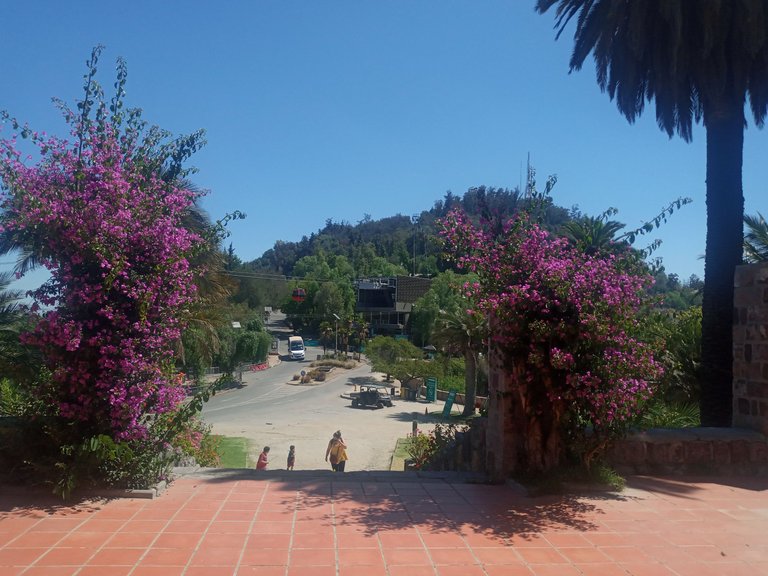
Según documentación, El santuario de la Inmaculada Concepción, con su gran estatua en la cumbre del cerro, fue inaugurado el 26 de abril de 1908, por iniciativa del arzobispo de Santiago Mariano Casanova, gracias a donaciones particulares. Esta estatua, visible desde gran parte de la ciudad, es considerada como un símbolo de Santiago.
According to documentation, the sanctuary of the Immaculate Conception, with its large statue on the top of the hill, was inaugurated on April 26, 1908, at the initiative of the Archbishop of Santiago Mariano Casanova, thanks to private donations. This statue, visible from much of the city, is considered a symbol of Santiago.
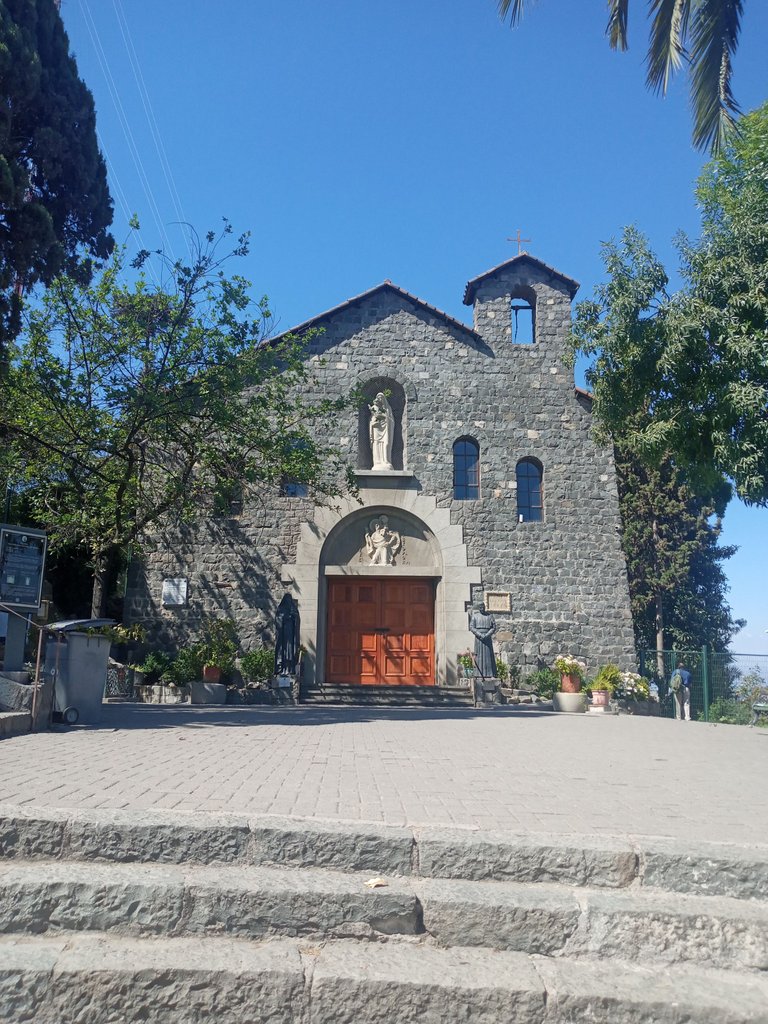
En agosto de 1916, Alberto Mackenna Subercaseaux, intendente de Santiago y presidente de los boy scouts, junto con el senador Pedro Bannen iniciaron una campaña de expropiación del Cerro a privados con la idea de convertirlo en un gran parque público.6 Dentro de las primeras obras para ese fin se encontraba un programa de forestación iniciado en 1921, ya que el cerro estaba naturalmente desprovisto de vegetación.
En los años siguientes, se construyen canales de regadíos, caminos, el funicular (1925), el Zoológico Nacional, el Torreón Victoria y la Capilla del Santuario de la Cumbre (1931).
Durante los años 1960, se continuó el desarrollo del Cerro con la plaza México, la piscina Tupahue, la Casa de la Cultura Anahuac y los juegos infantiles Gabriela Mistral. En 1966 una ley consolidó los Servicios Cerro San Cristóbal y Jardín Zoológico Nacional en una sola entidad que se conoce como Parque Metropolitano de Santiago. En su cima, el anfiteatro y su santuario acogieron al papa Juan Pablo II en su visita de abril de 1987. También en este lugar se encuentran las antenas difusoras de televisión.
In August 1916, Alberto Mackenna Subercaseaux, mayor of Santiago and president of the boy scouts, together with Senator Pedro Bannen began a campaign to expropriate the Cerro from private parties with the idea of turning it into a large public park.6 Among the first works for that purpose was a forestation program started in 1921, since the hill was naturally devoid of vegetation.
In the following years, irrigation canals, roads, the funicular (1925), the National Zoo, the Victoria Tower and the Chapel of the Sanctuary of the Summit (1931) were built.
During the 1960s, the development of the Cerro continued with the Plaza México, the Tupahue swimming pool, the Casa de la Cultura Anahuac and the Gabriela Mistral children's games. In 1966 a law consolidated the Cerro San Cristóbal and National Zoological Garden Services into a single entity known as the Santiago Metropolitan Park. At its top, the amphitheater and its sanctuary welcomed Pope John Paul II on his visit in April 1987. Also in this place are the television broadcasting antennas.
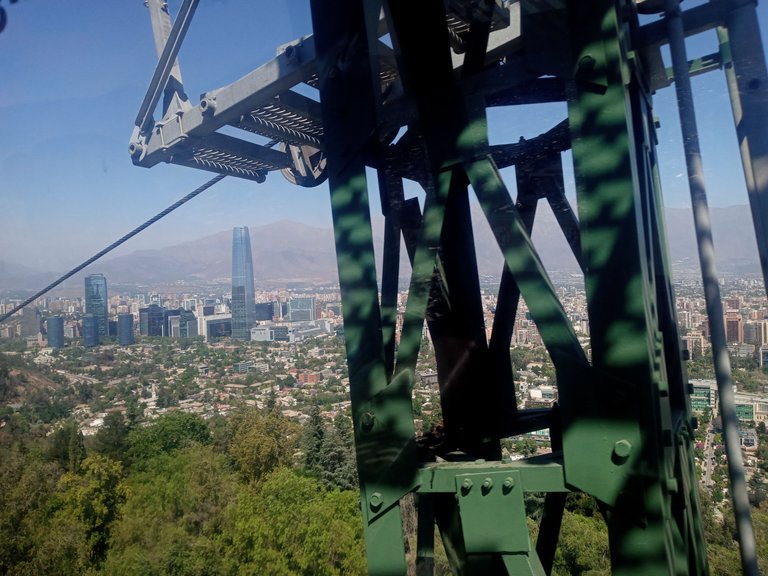
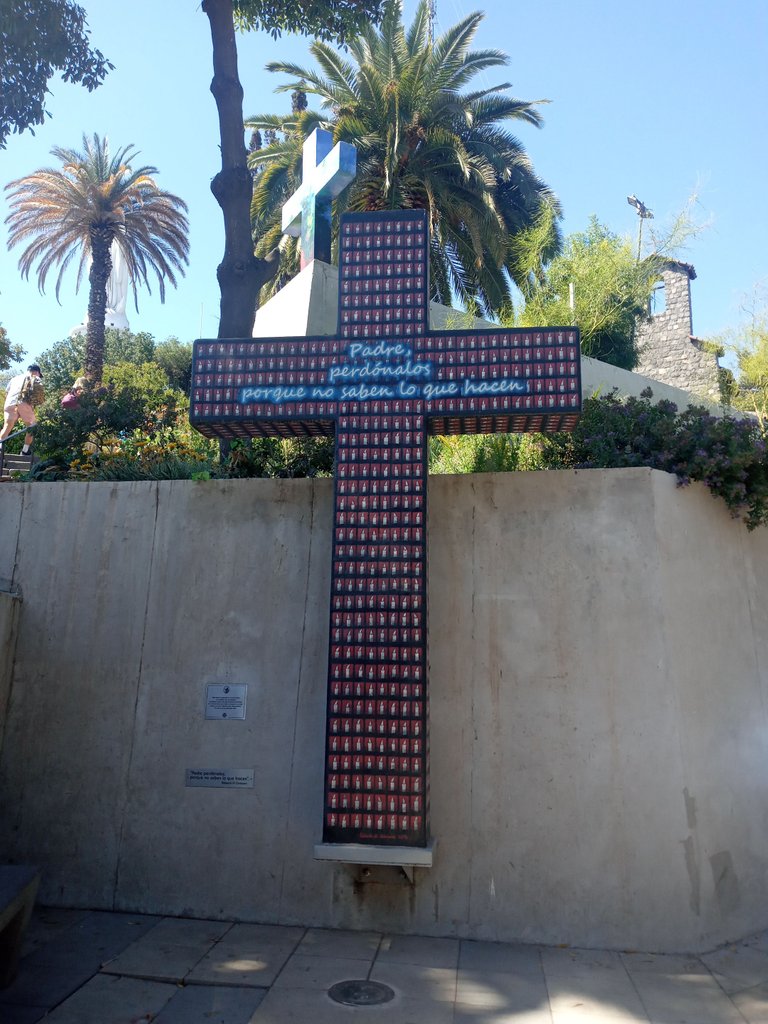
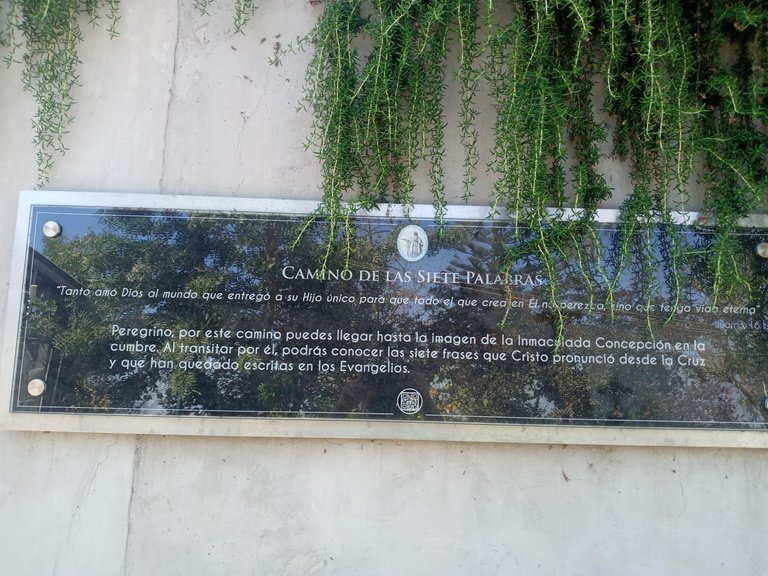
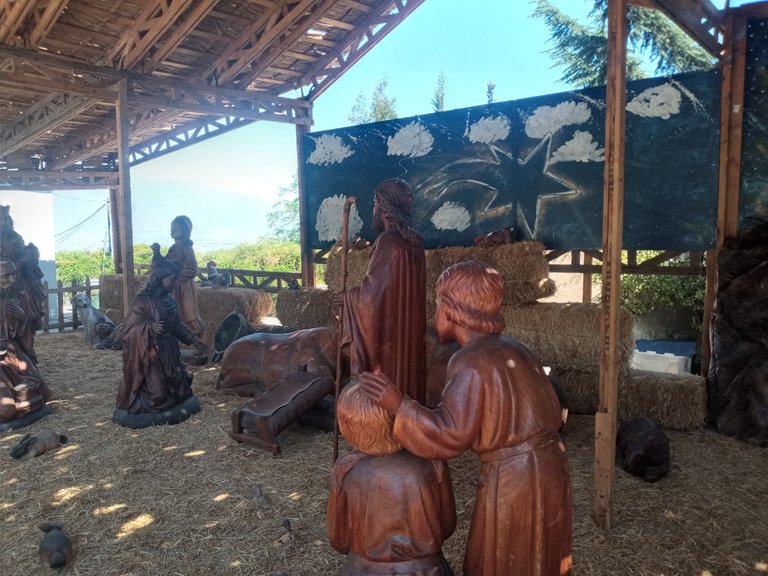
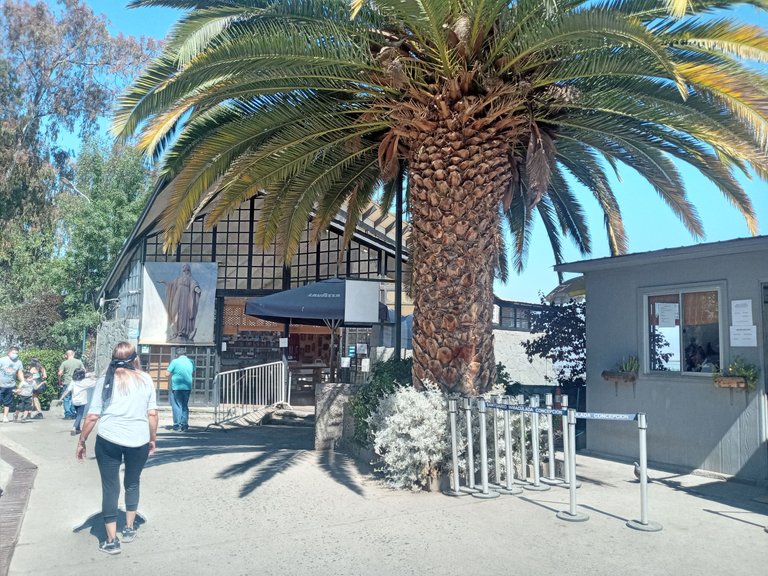
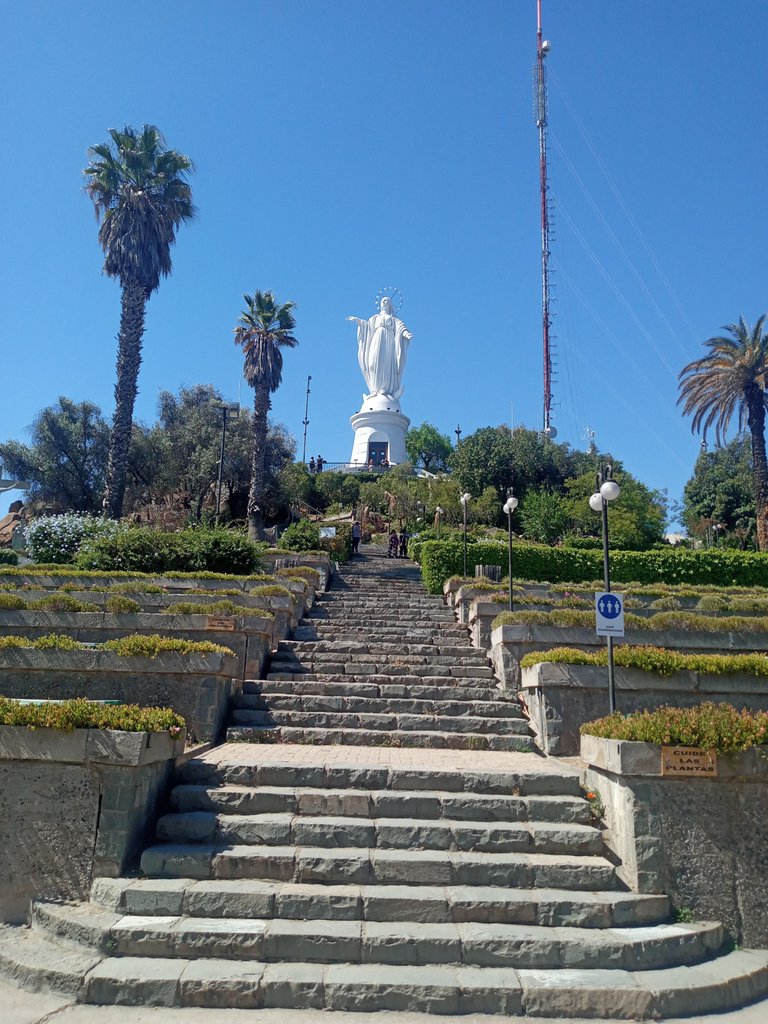
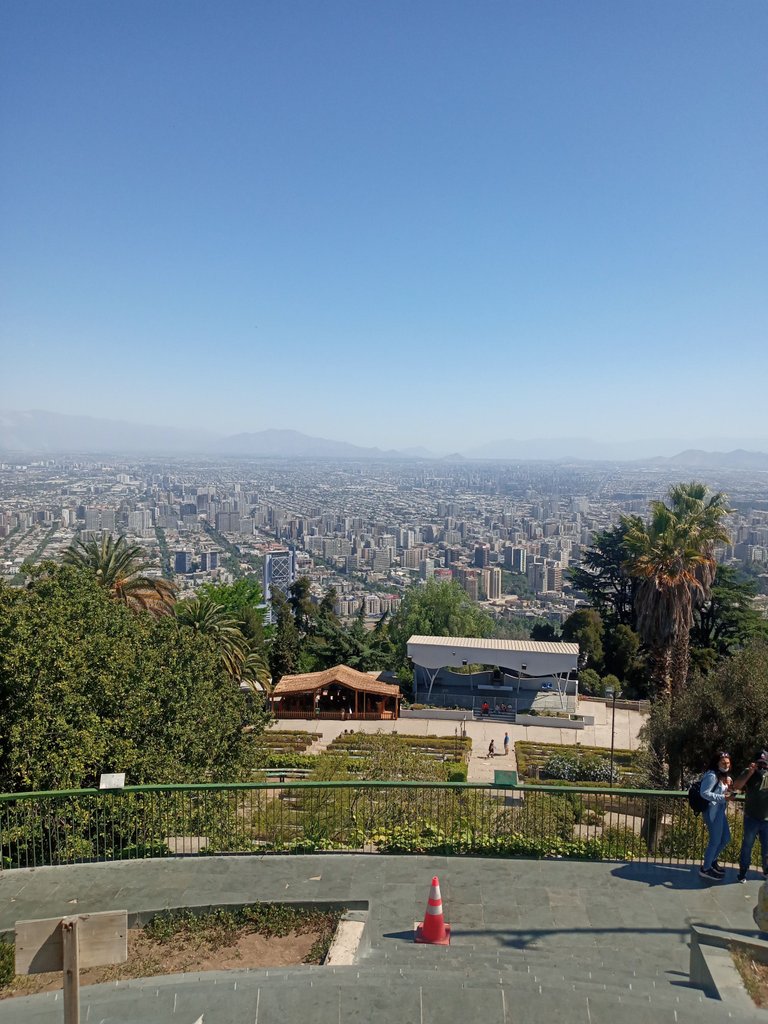
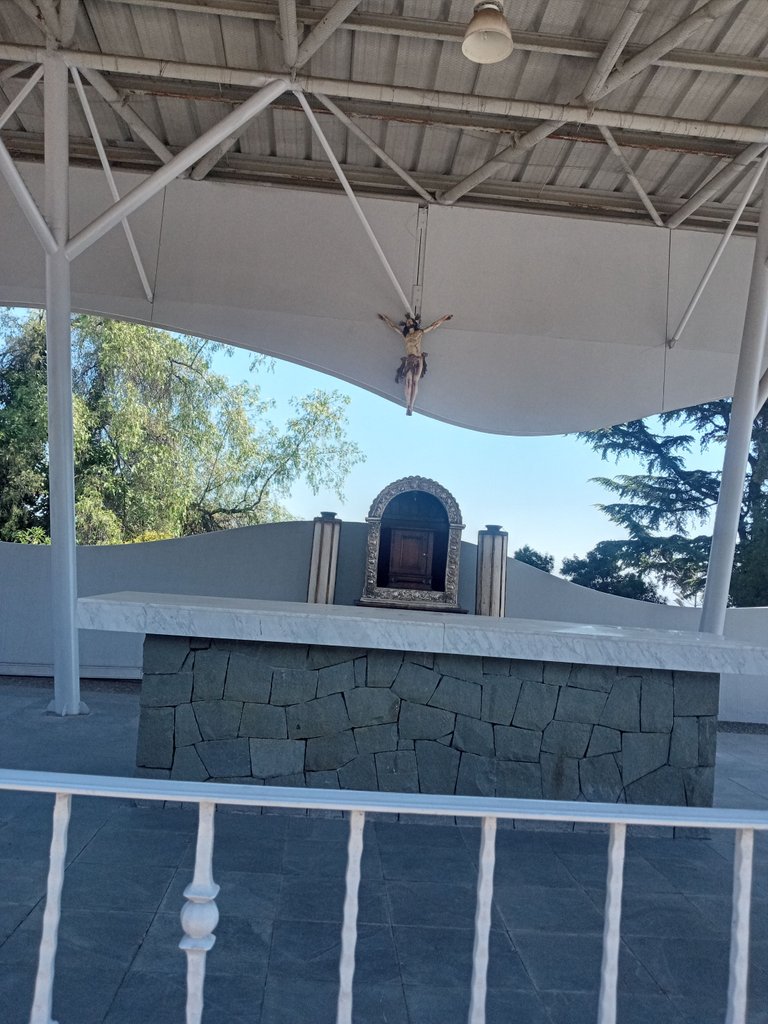
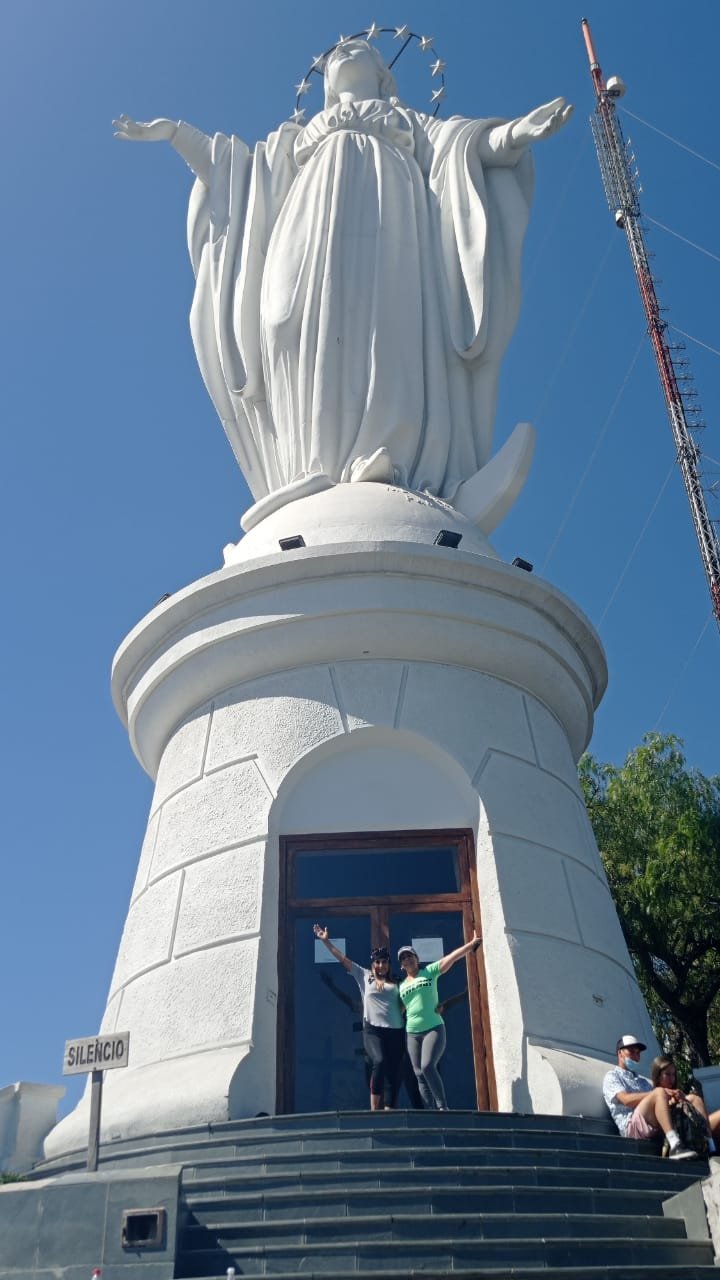
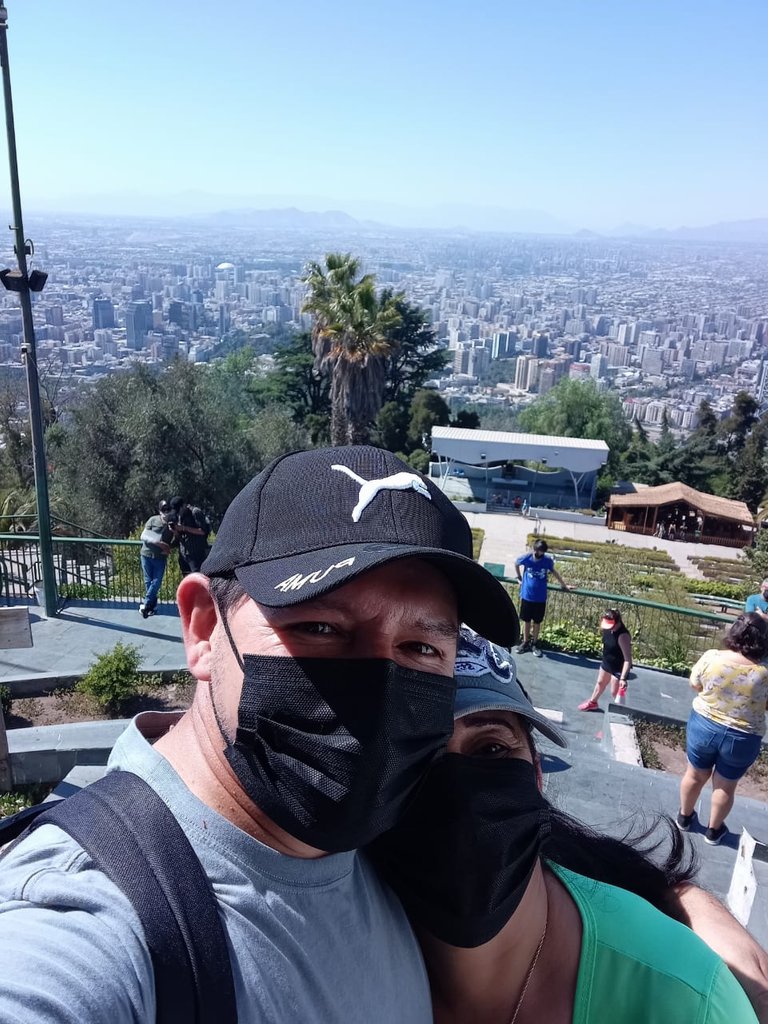
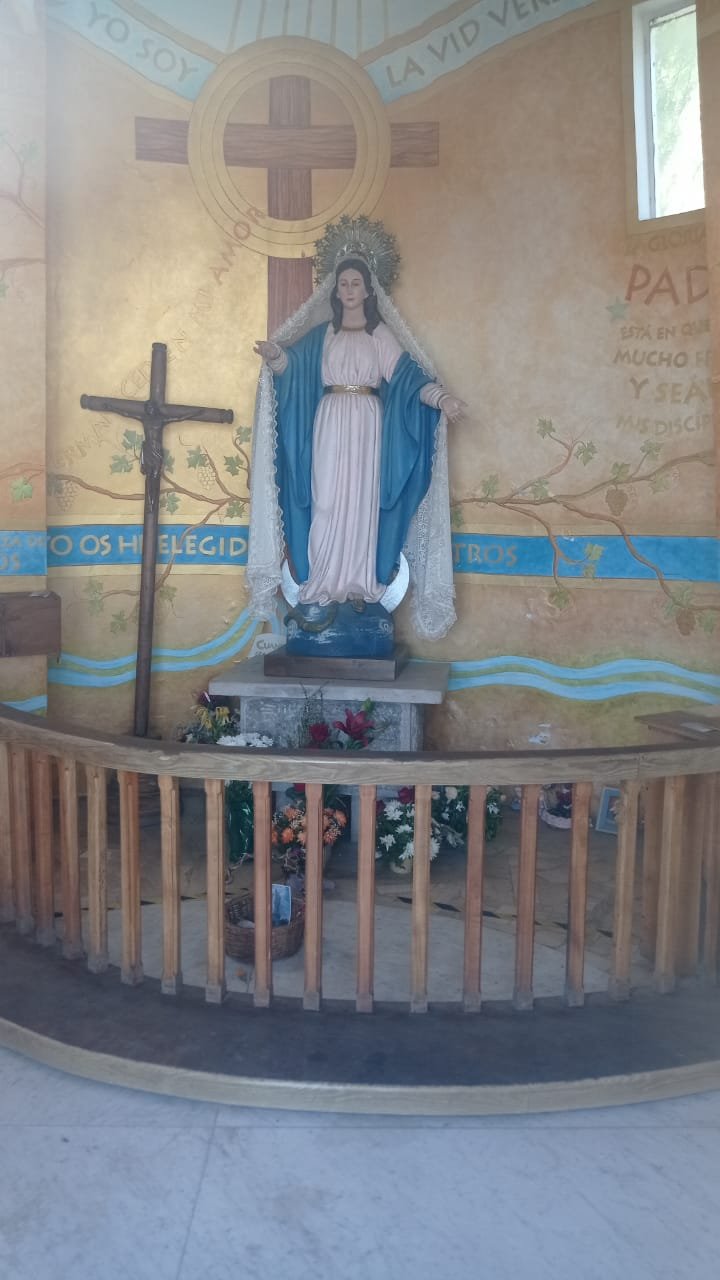

Congratulations, your post has been added to Pinmapple! 🎉🥳🍍
Did you know you have your own profile map?
And every post has their own map too!
Want to have your post on the map too?
@tipu curate
Upvoted 👌 (Mana: 22/82) Liquid rewards.